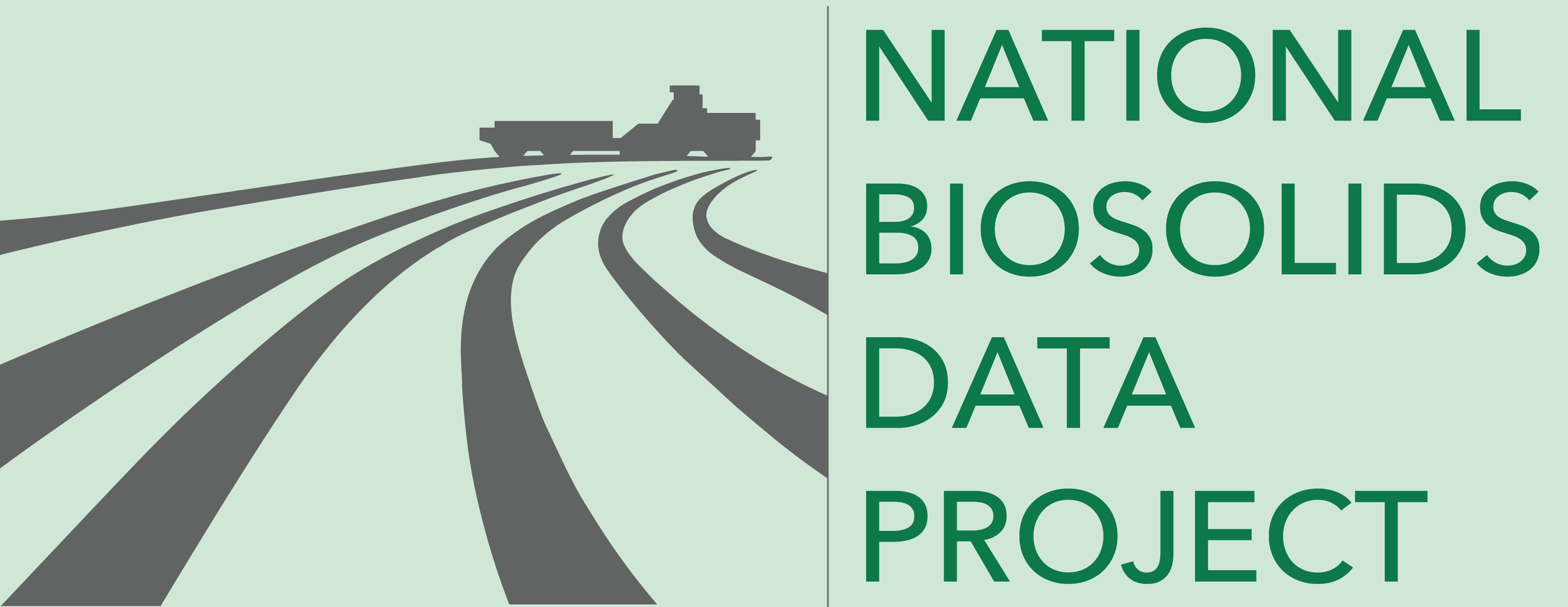State Data
Confidence in data for this state:
MODERATE
2018 data unless noted.
Definitions
Terms used on this website and in data sets are defined & discussed here.
Coeur D’Green Compost, Coeur d’Alene, ID. Photo courtesy of City of Coeur d’Alene.
Biosolids land application, Boise. Photo courtesy of City of Boise Water Renewal Services.
State Statistics Dashboard
Land application of Idaho Falls Class B liquid biosolids. Photo courtesy of City of Idaho Falls Wastewater Treatment Plant.
Twenty Mile South Farm’s harvest, Boise, ID. Photo courtesy of City of Boise Water Renewal Services.
State Summary
● Most biosolids are land applied as dewatered or liquid Class B biosolids. Many are treated with anaerobic digestion (AD). However, many Idaho water resource recovery facilities (WRRFs) dispose of wastewater solids (sludge) in their local landfill.
● Many WRRFs have access to land for beneficial use of Class B biosolids, or landfills for sludge disposal. Cost is a driving factor affecting how wastewater sludge is managed, and both land application and local landfills may be more inexpensive options – at least as of 2018. In 2021, statewide economic changes may change the solids management marketplace.
● Idaho has an established and growing recycled water program with over 142 water reuse permits that allow WRRFs to use their recycled water for many beneficial uses. WRRFs often consider beneficial use of their biosolids when looking at the benefits of water resource recovery.
Twenty Mile South Farm, Boise, ID. Photo courtesy of City of Boise Water Renewal Services.
Lagoon storing wastewater solids/sludge, Idaho Falls. Photo courtesy of City of Idaho Falls Wastewater Treatment Plant.








